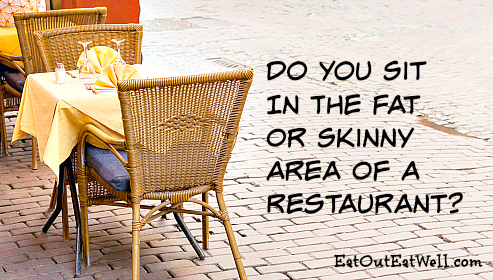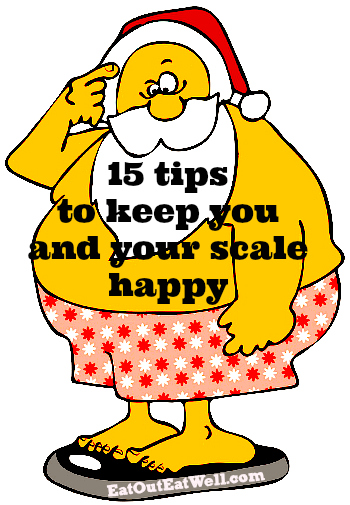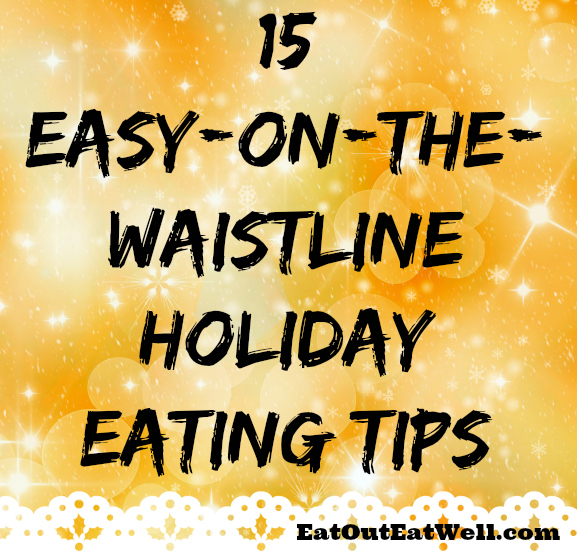Will you be watching the big game? Maybe you’re more interested in the food than the game. Either way, according to the Calorie Control Council, the average game watcher chows down on about 1,200 calories worth of food and snacks on game day.
Here are some exercises (some a little wacky) to burn off the game day food overload. The numbers are just estimates – there’s always a wide variety of calories in foods depending on who makes them and who dishes them out. And, people come in all different sizes, shapes, and metabolisms meaning that everyone burns off calories at a different rate.
The Exercises
- Running at a 6 mile per hour pace (10 minute mile) for a little under two hours will burn off about 1200 calories
- Pumping it out on an elliptical trainer for two hours – or doing seven hours of Pilates will also burn off around 1200 calories as will swimming or spinning (cycling) for two and a half hours.
- Drinking six bottles of Budweiser beer means needing to do “The Wave” 4, 280 times.
- One KFC extra crispy drumstick and an extra crispy chicken breast will require 203 end zone touchdown dances.
- A serving of Applebee’s chili cheese nachos would mean 159 minutes of playing non-stop professional football.
- Eating ten Lay’s classic potato chips with Kraft French onion dip means you have to dance to Madonna for 134 minutes.
- You’ll need a full hour of performing in a marching band to burn off a jalapeno popper made with cream cheese, cheddar cheese and bacon.
- To eradicate the calories in one deviled egg you’d need 12 continuous minutes of cheerleading.
- One pig in a blanket (mini hot dog wrapped in dough) has about 66 calories. To burn off a serving of three you’d need 68 minutes of playing catch.




